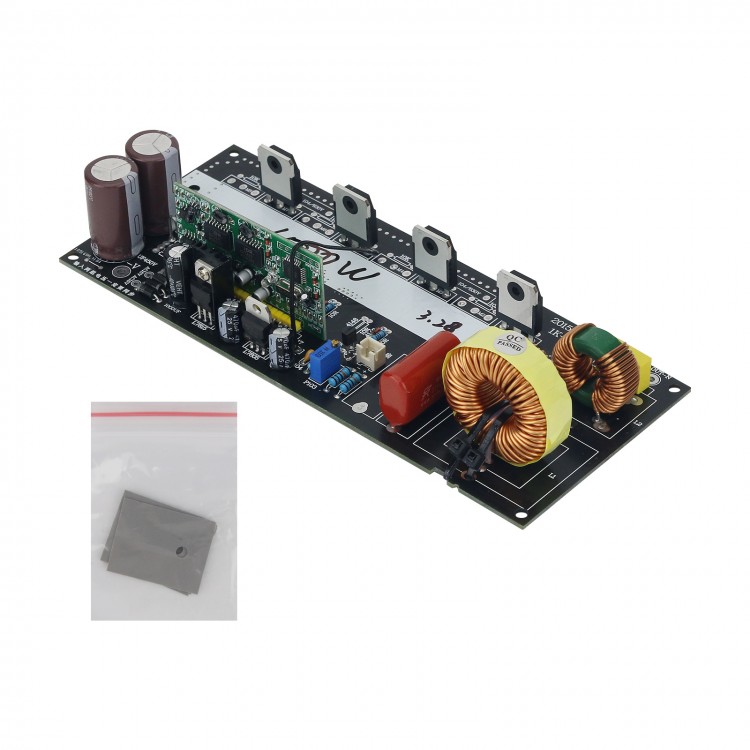
| Quantity | 3+ units | 10+ units | 30+ units | 50+ units | More |
|---|---|---|---|---|---|
| Price /Unit | $36.76 | $36.01 | $34.88 | $33.38 | Contact US |
 Willsenton R8 KT88 45W+45W Vacuum Tube Integrated Amplifier Push-pull Power Amplifier (Black)
$1,621.96
Willsenton R8 KT88 45W+45W Vacuum Tube Integrated Amplifier Push-pull Power Amplifier (Black)
$1,621.96
 Willsenton R8 KT88 45W+45W Vacuum Tube Integrated Amplifier Push-pull Power Amplifier (Silver)
$1,621.96
Willsenton R8 KT88 45W+45W Vacuum Tube Integrated Amplifier Push-pull Power Amplifier (Silver)
$1,621.96
 Willsenton R-800i Single Ended Class A Amplifier Vacuum Tube Integrated Amplifier 50W+50W 300B + 805
$2,912.97
Willsenton R-800i Single Ended Class A Amplifier Vacuum Tube Integrated Amplifier 50W+50W 300B + 805
$2,912.97